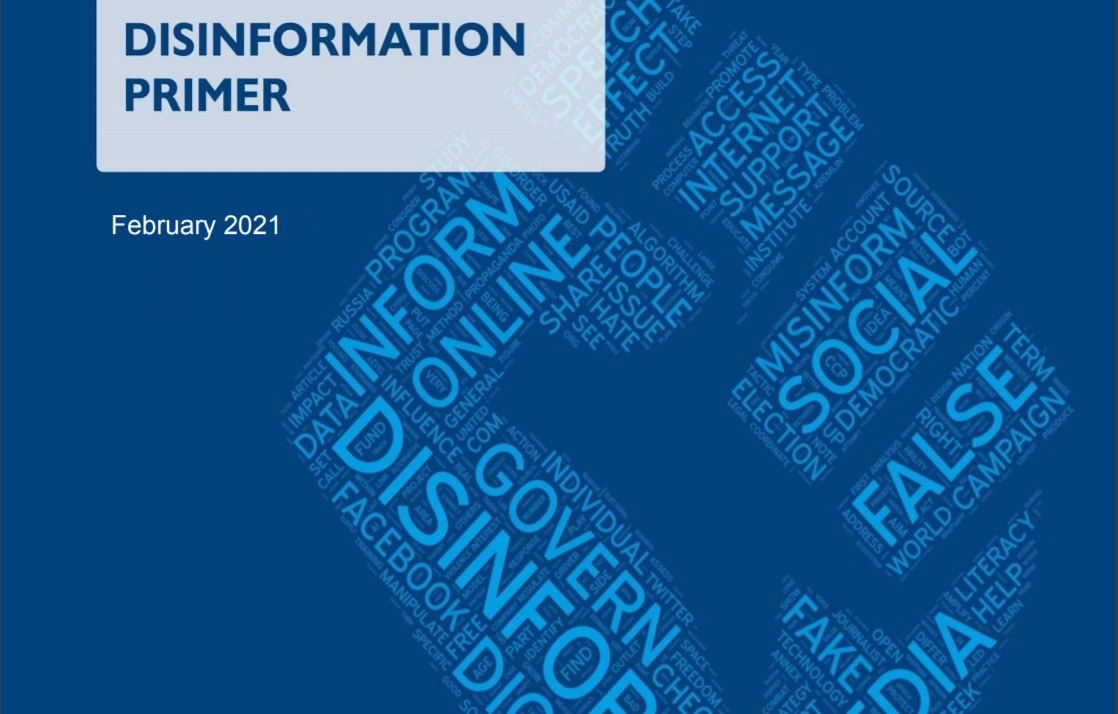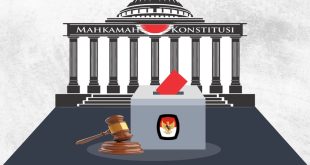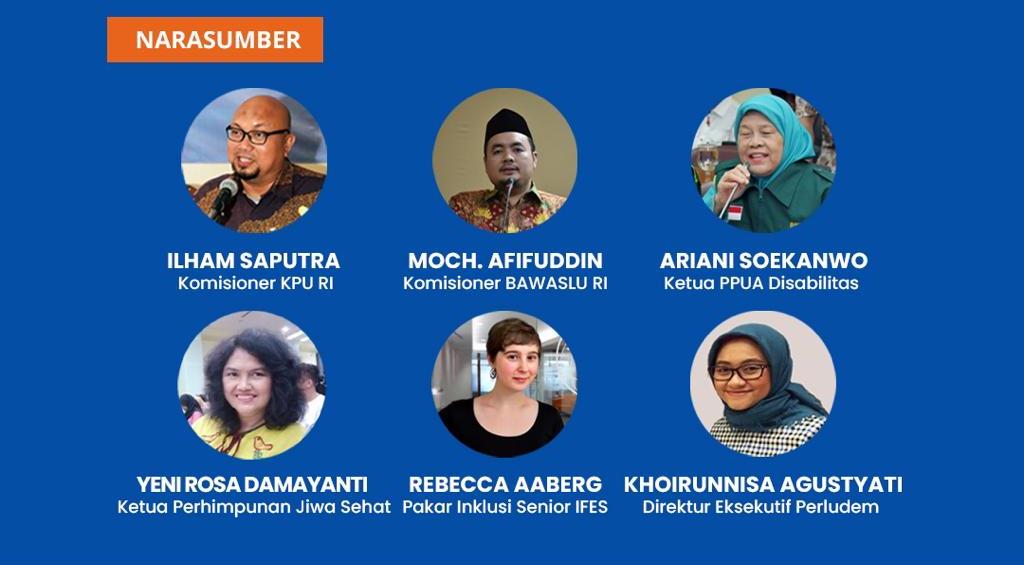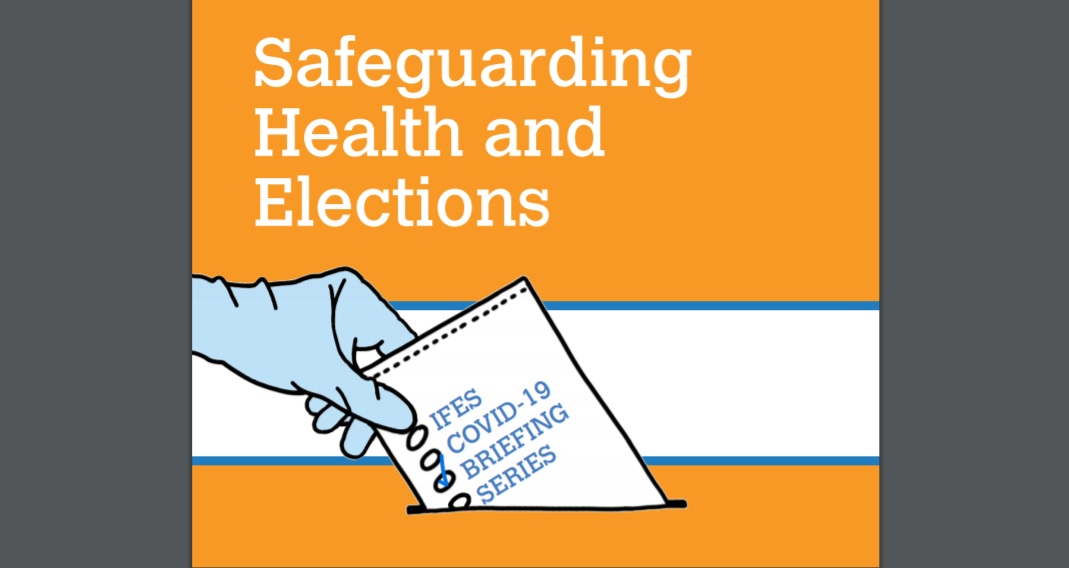This primer presents an overview of disinformation culture to give readers a sense of key concepts, terminology, select case studies, and programmatic design options. Disinformation is by no means new. Although social media platforms have emerged as the most efficient spreaders of false information, disinformation is also spread through analog media such as radio, television, and newspapers. It is, however, the combination of traditional analog media, in concert with new digital technologies, that allows information to spread faster and more broadly (even across borders) in unprecedented ways.
Experts have described this phenomenon as “information disorder,” a condition in which truth and facts coexist in a milieu of misinformation and disinformation—conspiracy theories, lies, propaganda, and half-truths. They have labeled its ability to undermine democracy and individual autonomy “a wicked problem,” i.e., a problem that is difficult and complex, such as poverty or climate change. Despite the immensity of the challenge, there are promising ways that journalists, civil society organizations, technology specialists, and governments are finding to prevent and counter misinformation and disinformation. This primer presents several programmatic ideas to consider for standalone or integrative approaches as part of democracy and governancerelated programming.
 Rumah Pemilu Indonesia Election Portal
Rumah Pemilu Indonesia Election Portal





